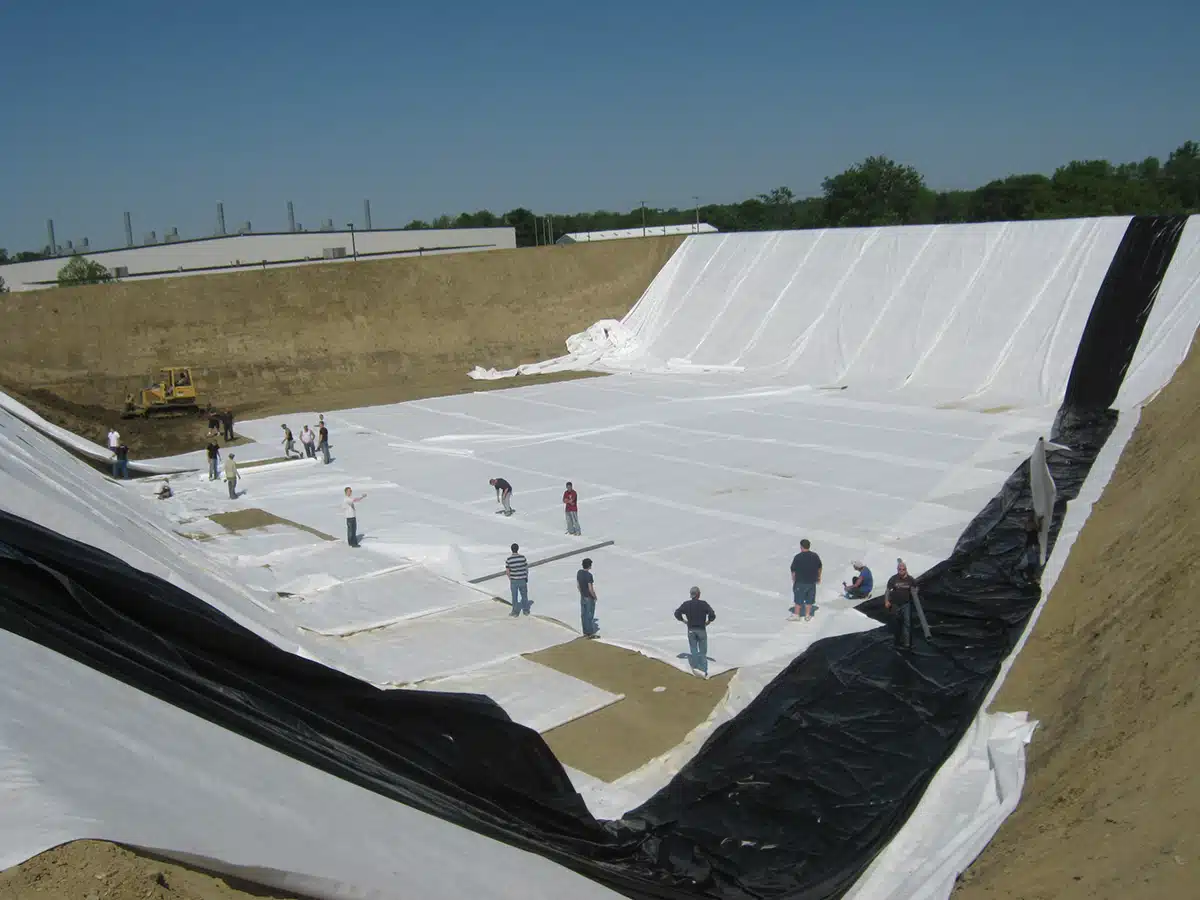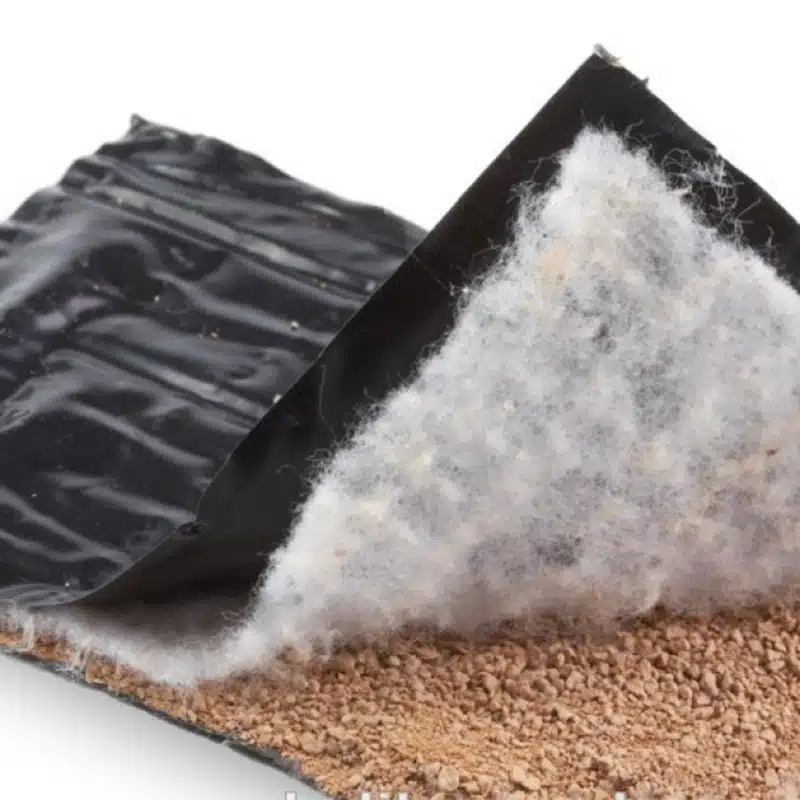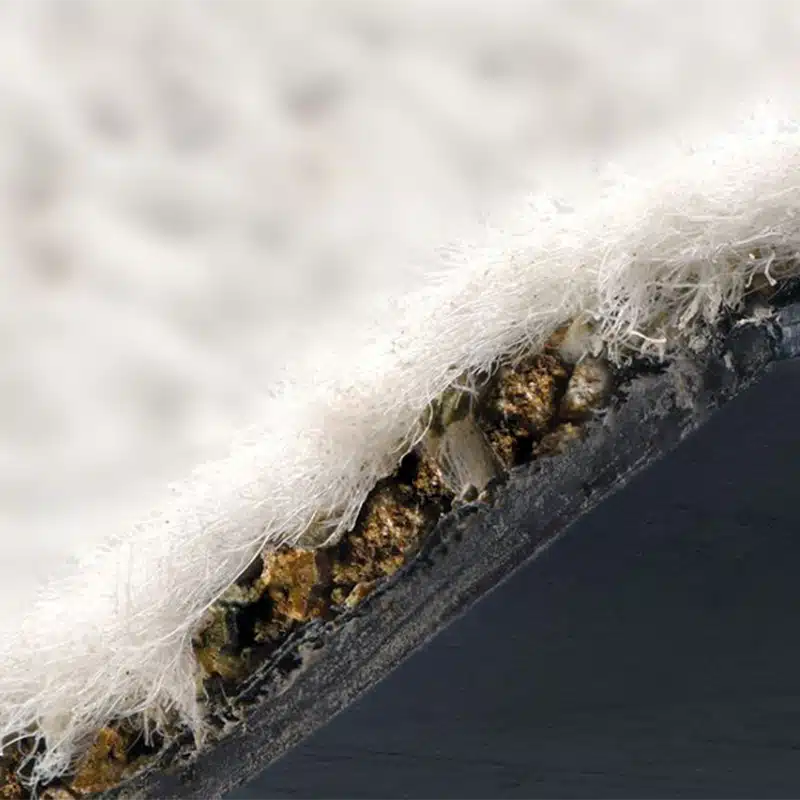+86-159 9860 6917
info@geofantex.com
geofantex@gmail.com
+86-400-8266163-44899
Environmental infrastructure projects play a crucial role in sustainable development, addressing challenges such as waste management, water conservation, and soil stabilization. Geosynthetics, innovative materials used in these projects, offer various environmental benefits, including reducing carbon footprints, enhancing durability, and improving the efficiency of infrastructure systems. This article explores the environmental impact of geosynthetics, their role in environmental infrastructure, major applications, and sustainability.
What is the environmental impact of geosynthetics?
Geosynthetics significantly reduce the environmental footprint of infrastructure projects. By minimizing the need for natural materials like gravel or sand, they help conserve natural resources. Additionally, geosynthetics improve the longevity and durability of structures, reducing the frequency of repairs and replacements, which further lessens environmental disruption. Their use in erosion control, waste containment, and soil stabilization not only prevents soil degradation but also prevents soil contamination by acting as a filtration layer between the soil and groundwater, thereby reducing water contamination and other environmental hazards.

What is environment and infrastructure?
Environment and infrastructure refer to the interconnected relationship between natural ecosystems and the human-made structures that support societal functions. Environmental infrastructure encompasses the engineering and construction practice that provides safe water supply, waste disposal, and pollution control services to protect human health and safeguard the environment. This includes systems like water supply, waste management, and transportation, all of which must be designed with sustainability in mind. Integrating environmental considerations into infrastructure planning ensures that development meets present needs without compromising the ability of future generations to meet theirs.
What are the major applications of geosynthetics?
Geosynthetics have a wide range of applications in environmental infrastructure projects. They are commonly used in landfill liners to prevent leachate from contaminating groundwater. In erosion control, geosynthetics stabilize soil on slopes and prevent sediment from washing away. They are also utilized in drainage systems, for filtration, separation, and water movement, where they enhance water flow while preventing soil clogging. Additionally, geosynthetics play a vital role in road construction, where they reinforce pavement and reduce maintenance needs.
Are geosynthetics sustainable?
Yes, geosynthetics are considered sustainable materials. Geosynthetics make infrastructure more sustainable by extending the lifespan of structures, which reduces the need for frequent repairs, conserving resources and energy. Moreover, geosynthetics are often made from recyclable materials, and many types can be recycled after use. By minimizing the environmental impact of construction activities and contributing to the durability of projects, geosynthetics support sustainable development goals.
Geosynthetics are indispensable in modern environmental infrastructure projects, offering numerous environmental benefits, including resource conservation, enhanced durability, and improved efficiency. Their applications range from waste management to erosion control, making them a vital component of sustainable development. As the demand for environmentally responsible infrastructure continues to grow, the role of geosynthetics in achieving these goals is likely to expand, ensuring a balance between development and environmental preservation.



Get Free Sample
We’ll respond as soon as possible(within 12 hours)






















